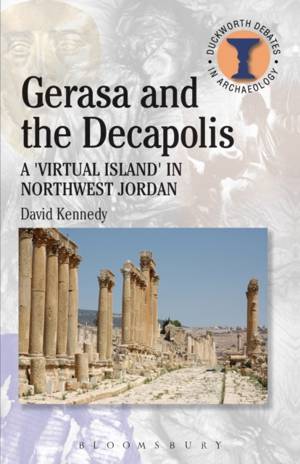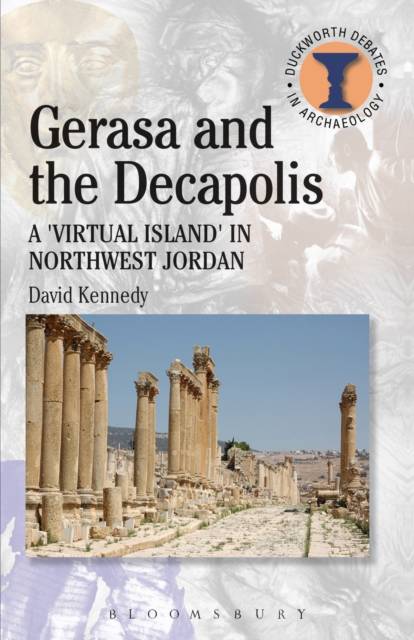
Bedankt voor het vertrouwen het afgelopen jaar! Om jou te bedanken bieden we GRATIS verzending (in België) aan op alles gedurende de hele maand januari.
- Afhalen na 1 uur in een winkel met voorraad
- In januari gratis thuislevering in België
- Ruim aanbod met 7 miljoen producten
Bedankt voor het vertrouwen het afgelopen jaar! Om jou te bedanken bieden we GRATIS verzending (in België) aan op alles gedurende de hele maand januari.
- Afhalen na 1 uur in een winkel met voorraad
- In januari gratis thuislevering in België
- Ruim aanbod met 7 miljoen producten
Zoeken
€ 59,45
+ 118 punten
Omschrijving
During the Long Classical Millennium (fourth century BC to eighth century AD), Northwest Jordan was part of two worlds, looking west to the Mediterranean as well as east towards the Arabian desert. It was not only a collection of distinctive micro-regions but a 'virtual island', isolated by geography on all sides. Here one finds historical and archaeological data of an intensity and quality probably superior to that of any region in the Near East other than Israel.
This book exploits some of that evidence to explain the character of an unusual region with a dense network of cities and an unexpected surge of settlement which reached a peak and extent not encountered again until the mid-twentieth century. It explores and develops some of the principal themes one may investigate for the region of Northwest Jordan, but which often apply to the Near East as a whole.
This book exploits some of that evidence to explain the character of an unusual region with a dense network of cities and an unexpected surge of settlement which reached a peak and extent not encountered again until the mid-twentieth century. It explores and develops some of the principal themes one may investigate for the region of Northwest Jordan, but which often apply to the Near East as a whole.
Specificaties
Betrokkenen
- Auteur(s):
- Uitgeverij:
Inhoud
- Aantal bladzijden:
- 216
- Taal:
- Engels
- Reeks:
Eigenschappen
- Productcode (EAN):
- 9780715635674
- Verschijningsdatum:
- 22/03/2007
- Uitvoering:
- Paperback
- Formaat:
- Trade paperback (VS)
- Afmetingen:
- 139 mm x 214 mm
- Gewicht:
- 267 g

Alleen bij Standaard Boekhandel
+ 118 punten op je klantenkaart van Standaard Boekhandel
Beoordelingen
We publiceren alleen reviews die voldoen aan de voorwaarden voor reviews. Bekijk onze voorwaarden voor reviews.









